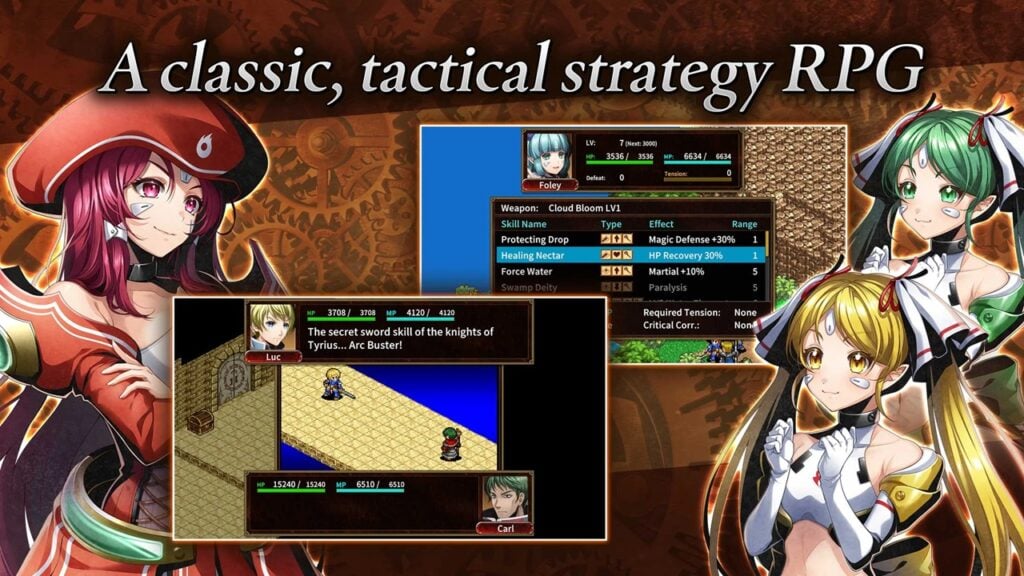"Nvidia Claims Switch 2 GPU Boosts Graphics 10x Over Original"
As previously hinted by Nintendo, Nvidia has now shed some light on the custom GPU powering the Nintendo Switch 2. While the specifics that tech enthusiasts crave were not fully disclosed, Nvidia did confirm some key features of the new console's GPU.
In a recent blog post, Nvidia verified what IGN had reported earlier in the day from Nintendo itself: the GPU supports AI upscaling through DLSS (Deep Learning Super Sampling) and ray tracing. DLSS is an innovative technology that utilizes machine learning to upscale lower-resolution images in real-time, significantly enhancing both performance and visual quality in games.
Nvidia provided some insights into the Switch 2's GPU, describing it as a "custom Nvidia processor featuring an Nvidia GPU with dedicated RT Cores and Tensor Cores for stunning visuals and AI-driven enhancements." They emphasized the extensive effort put into the console, stating, "With 1,000 engineer-years of effort across every element—from system and chip design to a custom GPU, APIs, and world-class development tools—the Nintendo Switch 2 brings major upgrades."
These upgrades include the ability to play games at up to 4K resolution in TV mode and up to 120 FPS at 1080p in handheld mode. The Switch 2 also supports HDR and AI upscaling, which helps sharpen visuals and smooth gameplay. The new RT Cores enable real-time ray tracing, enhancing the realism of lighting, reflections, and shadows, while Tensor Cores power AI-driven features like DLSS, boosting resolution for sharper details without compromising image quality.
Nvidia also highlighted that Tensor Cores enable AI-powered face tracking and background removal in video chat scenarios, enhancing the social gaming and streaming experience. During the Nintendo Direct, Nintendo introduced the C button, which facilitates new chat functionalities using an external camera and the Switch 2's built-in microphone. The technology is designed to focus on the player's voice while filtering out background noise.
Nvidia made a bold claim about the Switch 2's performance, stating, "With 10x the graphics performance of the Nintendo Switch, the Nintendo Switch 2 delivers smoother gameplay and sharper visuals." However, the exact methodology behind this performance metric was not detailed, leaving it to experts like Digital Foundry to analyze once the Switch 2 launches in June.
Elsewhere, Nvidia noted that Tensor Cores "boost AI-powered graphics while keeping power consumption efficient," and RT Cores "enhance in-game realism with dynamic lighting and natural reflections." Additionally, the console supports Variable Refresh Rate (VRR) via Nvidia G-SYNC in handheld mode for ultra-smooth, tear-free gameplay.
In a hardware-focused roundtable Q&A in New York, attended by IGN, Nintendo representatives confirmed the use of DLSS in the Switch 2 but did not specify the version or whether it had been customized. Similarly, they confirmed the GPU's capability for ray tracing without going into specifics. Tetsuya Sasaki, General Manager at Nintendo’s Technology Development Division, and Senior Director at its Technology Development Department, emphasized Nintendo's focus on consumer value rather than hardware specifics, stating, "Nintendo doesn't share too much on the hardware spec... But I do believe that our partner Nvidia will be sharing some information."
In January, a patent filed in July 2023 and published earlier this year was discovered online, detailing AI image upscaling technology that helps keep game download sizes manageable for physical cartridges while offering up to 4K textures.
For more information, explore everything announced at the Switch 2 Nintendo Direct and expert opinions on the Switch 2 price and Mario Kart World’s $80 price tag.
Nintendo Switch 2 System and Accessories Gallery
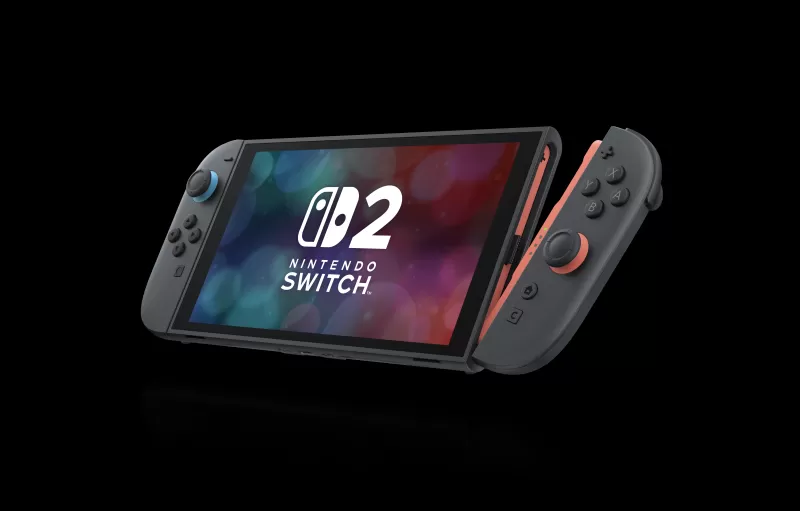
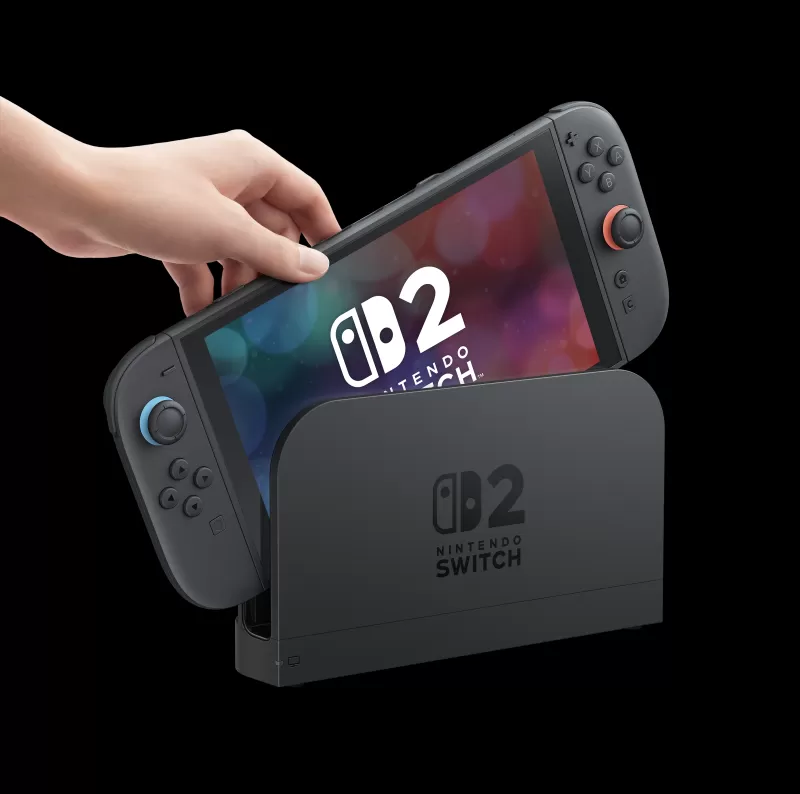 91 Images
91 Images
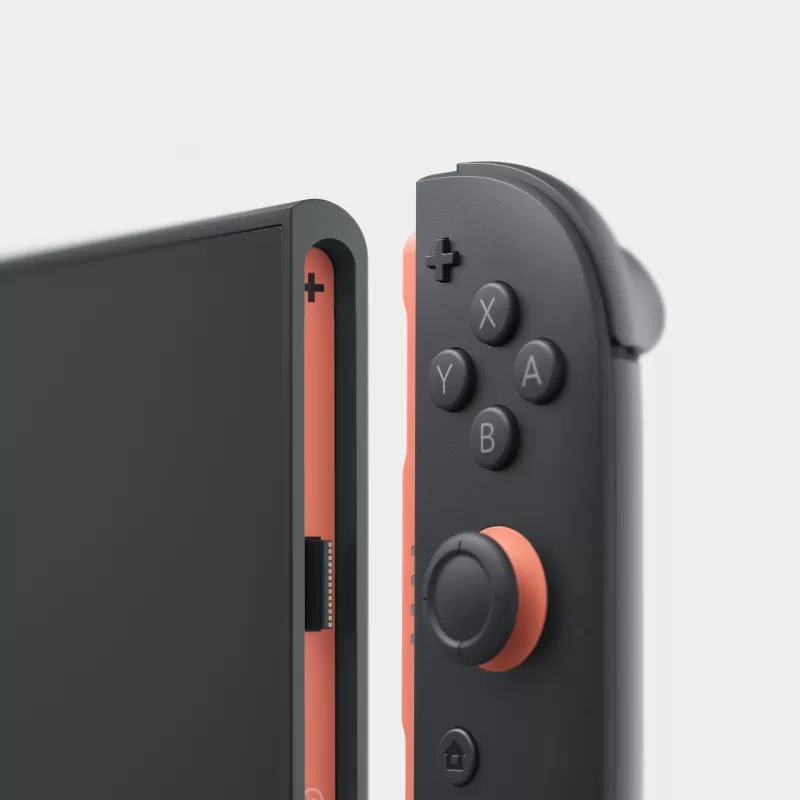
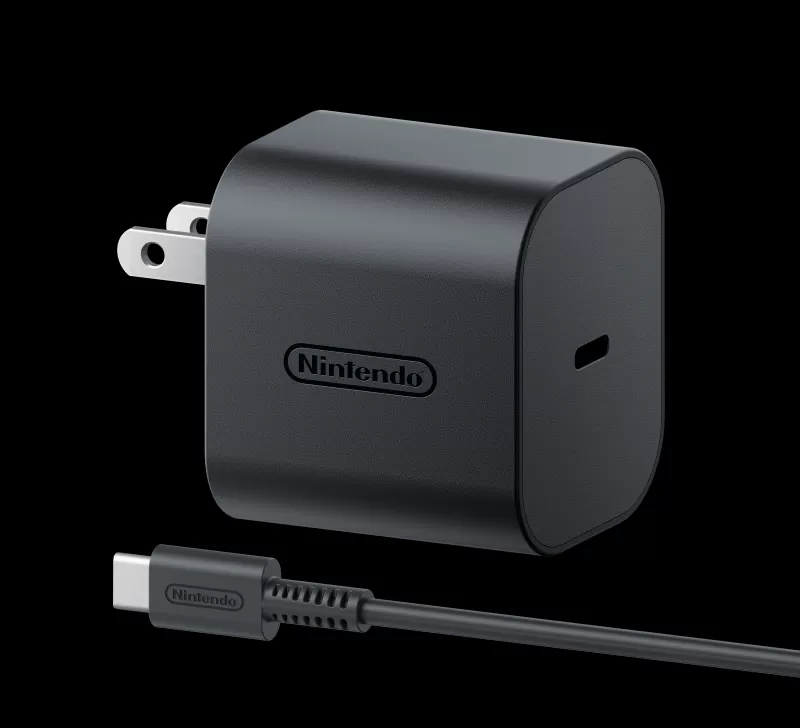
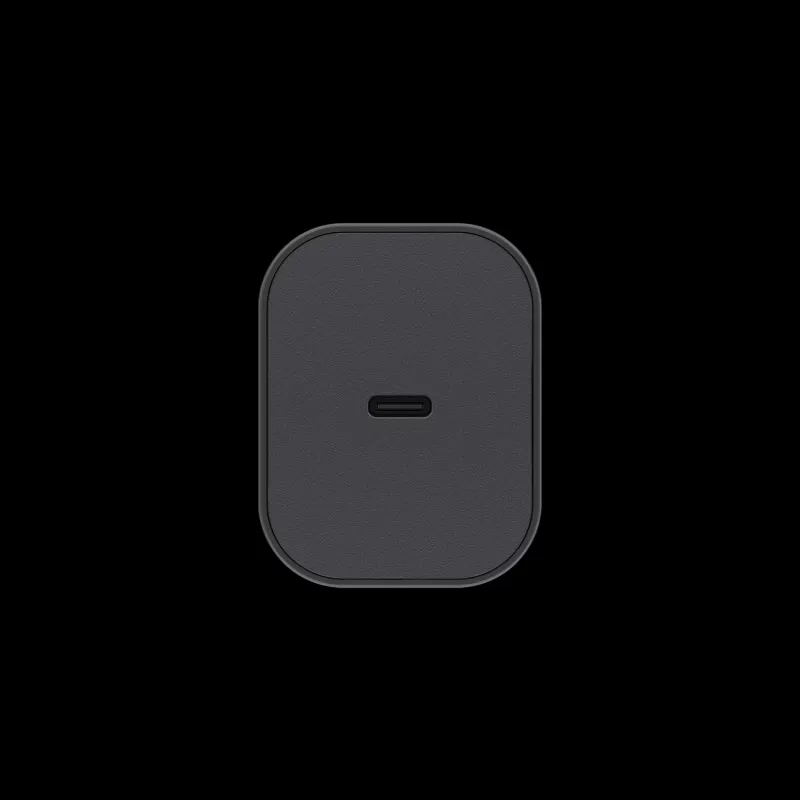
-
Remember Tiny Dangerous Dungeons? Released back in 2015, it was a bite-sized Metroidvania filled with platforming, puzzles, and challenges. Now, a decade later, it's back with a full remake called Tiny Dangerous Dungeons Remake. Timmy the Tiny Treasure Hunter Isn’t Done Exploring Yet Tiny DangerousAuthor : Lucy Apr 26,2025
-
Easter is nearly upon us, and fans of Clockmaker won't have to search far to find a bounty of Easter-themed content throughout April. We've got the scoop on all the upcoming events, both in-game and out, so you can mark your calendars and not miss a beat.Clockmaker April EventsLet's dive into the exAuthor : Oliver Apr 26,2025
- Hitman Devs' "Project Fantasy" Hopes to Redefine Online RPGs
- The Elder Scrolls: Castles Now Available on Mobile
- Minecraft's 'In Your World' Mod: A Chilling Update
- Resident Evil Creator Wants Cult Classic, Killer7, to Get a Sequel By Suda51
- Deadlock Characters | New Heroes, Skills, Weapons, and Story
- Fortnite Update: Mysterious Mythic Item Teased in Latest Leak

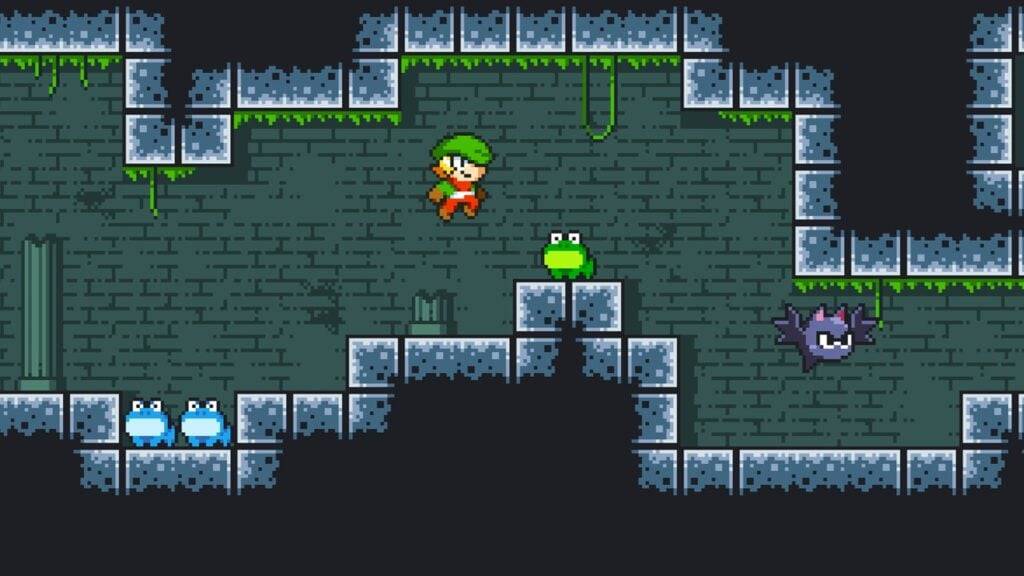









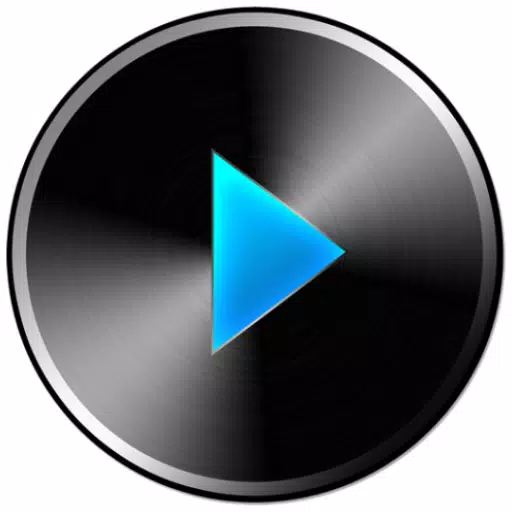

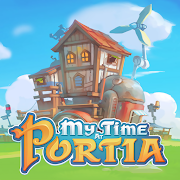




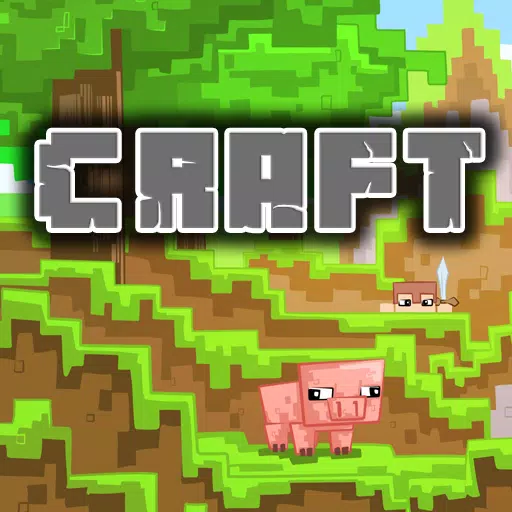


![[777Real]スマスロモンキーターンⅤ](https://images.0516f.com/uploads/70/17347837276766b2efc9dbb.webp)
